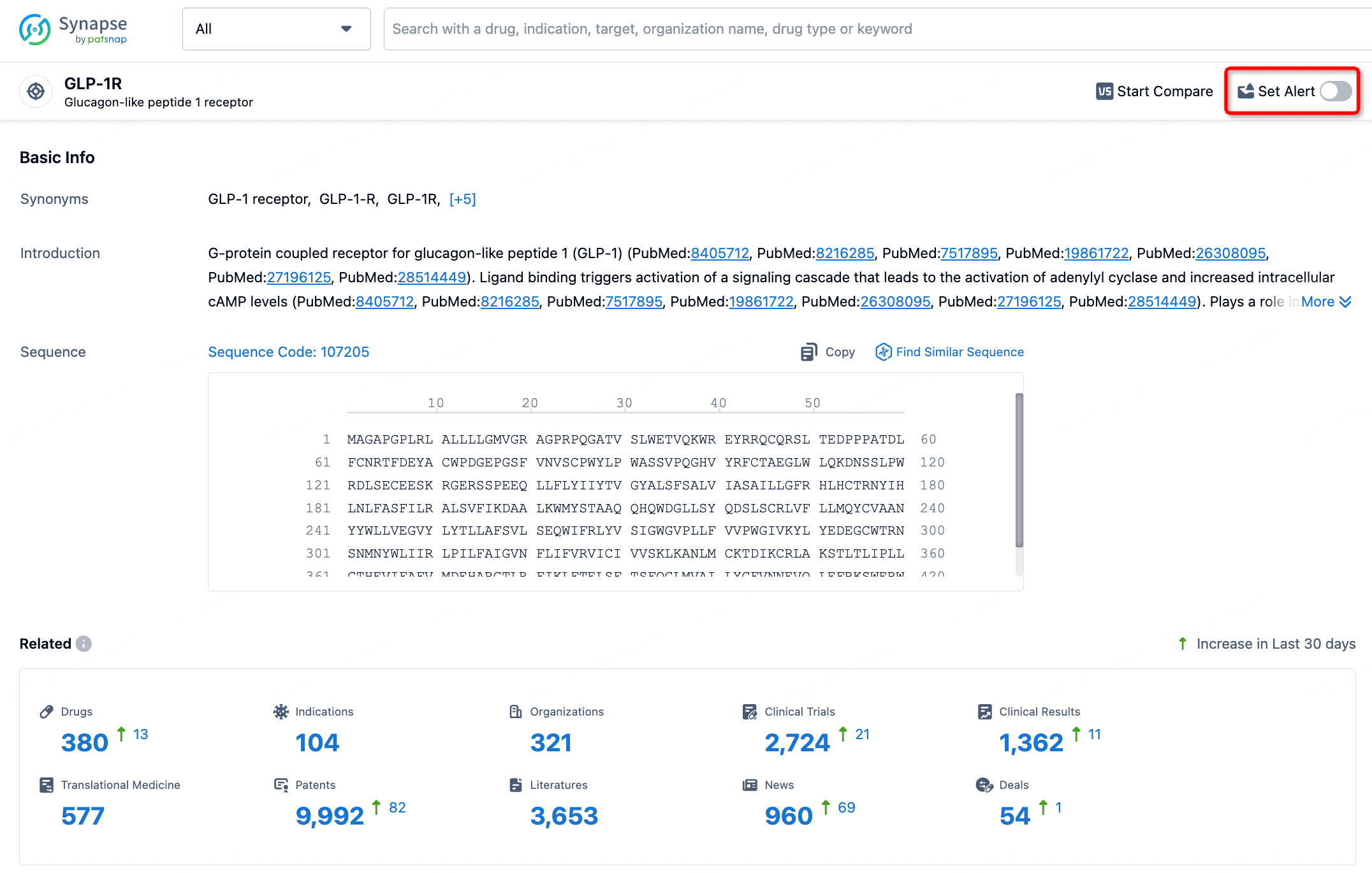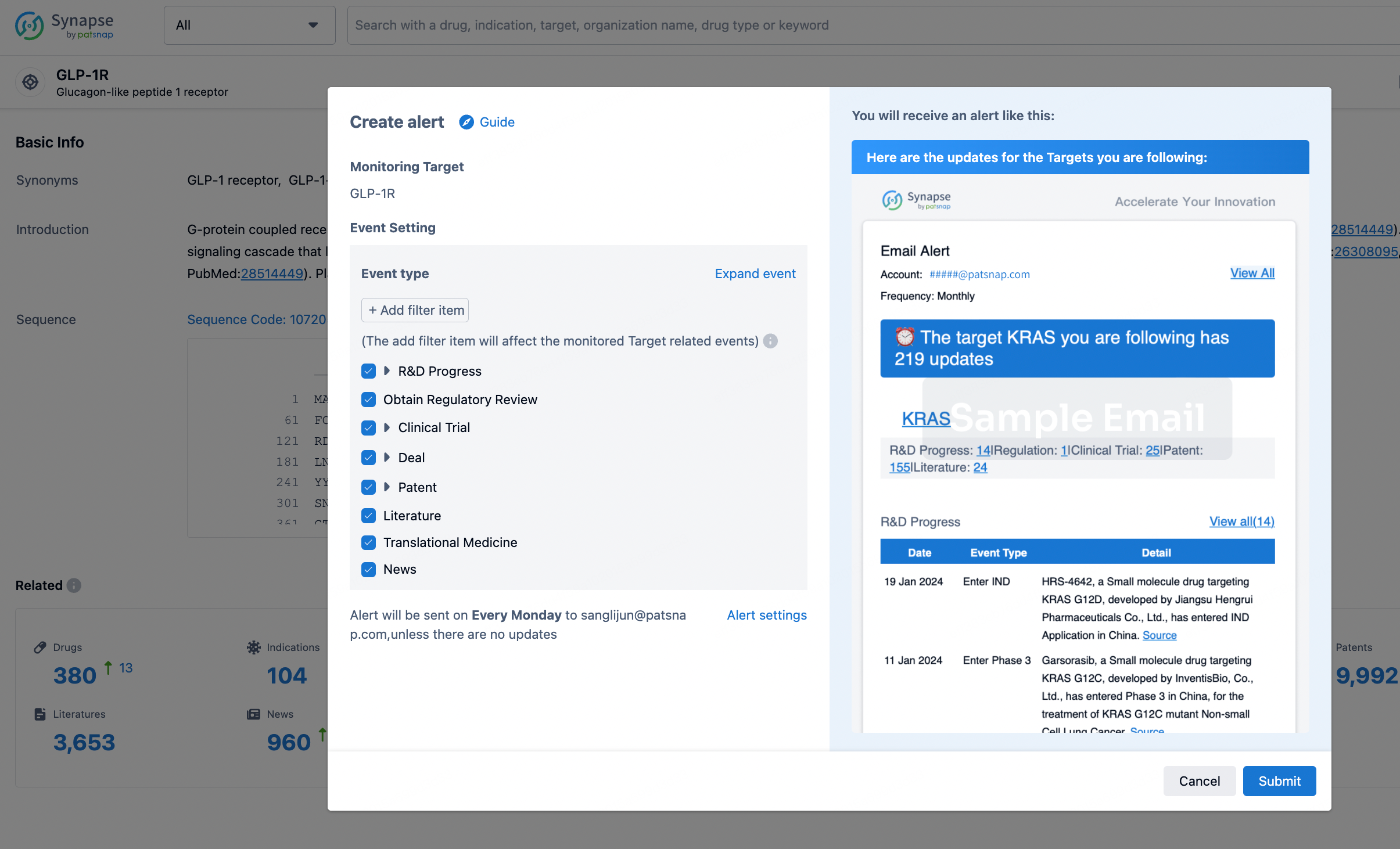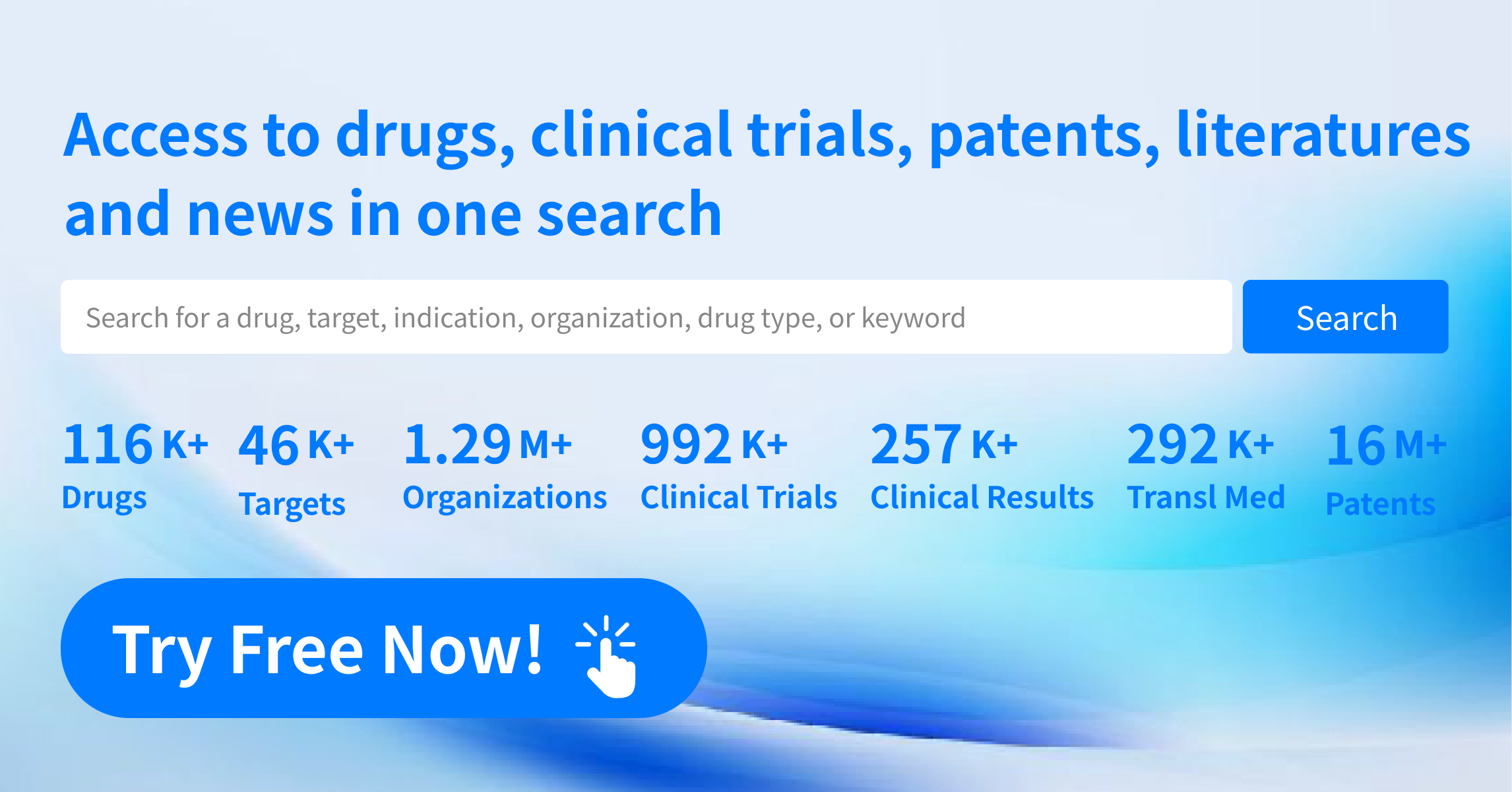Request Demo
What are BMPR2 modulators and how do they work?
21 June 2024
BMPR2 modulators hold significant potential in the realm of medical sciences, particularly in the treatment of rare and serious conditions. These modulators target the Bone Morphogenetic Protein Receptor Type 2 (BMPR2), a critical receptor involved in various cellular processes, including growth, differentiation, and apoptosis. In this article, we will explore what BMPR2 modulators are, how they work, and their current and potential applications in medicine.
BMPR2 modulators are compounds that can either enhance or inhibit the activity of BMPR2. This receptor is part of the TGF-beta superfamily of receptors, which are involved in transmitting signals from the cell surface to the nucleus, influencing gene expression and cellular behavior. BMPR2, in particular, plays a crucial role in vascular and bone biology, impacting the development and maintenance of blood vessels and bone tissue.
Mutations or dysregulation in BMPR2 signaling pathways can lead to various pathological conditions, including pulmonary arterial hypertension (PAH), cancer, and fibrotic diseases. Therefore, BMPR2 modulators have garnered attention as potential therapeutic agents that can rectify these signaling imbalances and offer new treatment avenues for these severe health issues.
BMPR2 modulators work by either mimicking the natural ligands of the BMPR2 receptor or by inhibiting the receptor's activity to correct abnormal signaling pathways. These modulators can be small molecules, peptides, or even monoclonal antibodies, each designed to interact with BMPR2 in specific ways.
One approach involves using agonists to activate BMPR2 signaling pathways. This can be beneficial in conditions where BMPR2 activity is insufficient, such as certain types of bone disorders. Agonists can help to stimulate bone growth and repair by enhancing the receptor's activity, promoting the differentiation of progenitor cells into bone-forming cells.
Conversely, antagonists or inhibitors can be employed in situations where BMPR2 signaling is excessively active, contributing to disease progression. For instance, in pulmonary arterial hypertension (PAH), excessive BMPR2 signaling leads to the proliferation of vascular smooth muscle cells, causing the narrowing of pulmonary arteries and increased blood pressure in the lungs. By inhibiting BMPR2, these modulators can help to reduce vascular remodeling and alleviate the symptoms of PAH.
BMPR2 modulators are primarily being investigated for their potential in treating pulmonary arterial hypertension (PAH), a rare but life-threatening condition characterized by high blood pressure in the arteries of the lungs. PAH is often associated with mutations in the BMPR2 gene, leading to dysfunctional BMPR2 signaling. By targeting this pathway, BMPR2 modulators aim to restore normal vascular function and slow disease progression.
In addition to PAH, BMPR2 modulators are being explored for their potential in treating cancer. BMPR2 signaling pathways are implicated in the regulation of cell growth and apoptosis, processes that are often dysregulated in cancer. Modulating BMPR2 activity could help to inhibit tumor growth and promote the death of cancer cells, offering a new approach to cancer therapy.
Another area of interest is fibrotic diseases, where excessive tissue scarring occurs due to abnormal wound healing processes. BMPR2 signaling is involved in the regulation of fibrosis, and modulators that can fine-tune this pathway may help to reduce tissue scarring and improve outcomes in conditions such as idiopathic pulmonary fibrosis and liver cirrhosis.
Furthermore, BMPR2 modulators are being studied for their potential in promoting bone health. Conditions such as osteoporosis and fracture healing could benefit from therapies that enhance BMPR2 signaling, promoting bone formation and repair.
BMPR2 modulators represent a promising area of research with the potential to address a range of serious health conditions. By understanding and manipulating BMPR2 signaling pathways, researchers hope to develop targeted therapies that can correct pathological imbalances and improve patient outcomes. While much work remains to be done, the progress in this field holds great promise for the future of medicine, offering new hope for patients with conditions that currently have limited treatment options.
BMPR2 modulators are compounds that can either enhance or inhibit the activity of BMPR2. This receptor is part of the TGF-beta superfamily of receptors, which are involved in transmitting signals from the cell surface to the nucleus, influencing gene expression and cellular behavior. BMPR2, in particular, plays a crucial role in vascular and bone biology, impacting the development and maintenance of blood vessels and bone tissue.
Mutations or dysregulation in BMPR2 signaling pathways can lead to various pathological conditions, including pulmonary arterial hypertension (PAH), cancer, and fibrotic diseases. Therefore, BMPR2 modulators have garnered attention as potential therapeutic agents that can rectify these signaling imbalances and offer new treatment avenues for these severe health issues.
BMPR2 modulators work by either mimicking the natural ligands of the BMPR2 receptor or by inhibiting the receptor's activity to correct abnormal signaling pathways. These modulators can be small molecules, peptides, or even monoclonal antibodies, each designed to interact with BMPR2 in specific ways.
One approach involves using agonists to activate BMPR2 signaling pathways. This can be beneficial in conditions where BMPR2 activity is insufficient, such as certain types of bone disorders. Agonists can help to stimulate bone growth and repair by enhancing the receptor's activity, promoting the differentiation of progenitor cells into bone-forming cells.
Conversely, antagonists or inhibitors can be employed in situations where BMPR2 signaling is excessively active, contributing to disease progression. For instance, in pulmonary arterial hypertension (PAH), excessive BMPR2 signaling leads to the proliferation of vascular smooth muscle cells, causing the narrowing of pulmonary arteries and increased blood pressure in the lungs. By inhibiting BMPR2, these modulators can help to reduce vascular remodeling and alleviate the symptoms of PAH.
BMPR2 modulators are primarily being investigated for their potential in treating pulmonary arterial hypertension (PAH), a rare but life-threatening condition characterized by high blood pressure in the arteries of the lungs. PAH is often associated with mutations in the BMPR2 gene, leading to dysfunctional BMPR2 signaling. By targeting this pathway, BMPR2 modulators aim to restore normal vascular function and slow disease progression.
In addition to PAH, BMPR2 modulators are being explored for their potential in treating cancer. BMPR2 signaling pathways are implicated in the regulation of cell growth and apoptosis, processes that are often dysregulated in cancer. Modulating BMPR2 activity could help to inhibit tumor growth and promote the death of cancer cells, offering a new approach to cancer therapy.
Another area of interest is fibrotic diseases, where excessive tissue scarring occurs due to abnormal wound healing processes. BMPR2 signaling is involved in the regulation of fibrosis, and modulators that can fine-tune this pathway may help to reduce tissue scarring and improve outcomes in conditions such as idiopathic pulmonary fibrosis and liver cirrhosis.
Furthermore, BMPR2 modulators are being studied for their potential in promoting bone health. Conditions such as osteoporosis and fracture healing could benefit from therapies that enhance BMPR2 signaling, promoting bone formation and repair.
BMPR2 modulators represent a promising area of research with the potential to address a range of serious health conditions. By understanding and manipulating BMPR2 signaling pathways, researchers hope to develop targeted therapies that can correct pathological imbalances and improve patient outcomes. While much work remains to be done, the progress in this field holds great promise for the future of medicine, offering new hope for patients with conditions that currently have limited treatment options.
How to obtain the latest development progress of all targets?
In the Synapse database, you can stay updated on the latest research and development advances of all targets. This service is accessible anytime and anywhere, with updates available daily or weekly. Use the "Set Alert" function to stay informed. Click on the image below to embark on a brand new journey of drug discovery!
AI Agents Built for Biopharma Breakthroughs
Accelerate discovery. Empower decisions. Transform outcomes.
Get started for free today!
Accelerate Strategic R&D decision making with Synapse, PatSnap’s AI-powered Connected Innovation Intelligence Platform Built for Life Sciences Professionals.
Start your data trial now!
Synapse data is also accessible to external entities via APIs or data packages. Empower better decisions with the latest in pharmaceutical intelligence.


